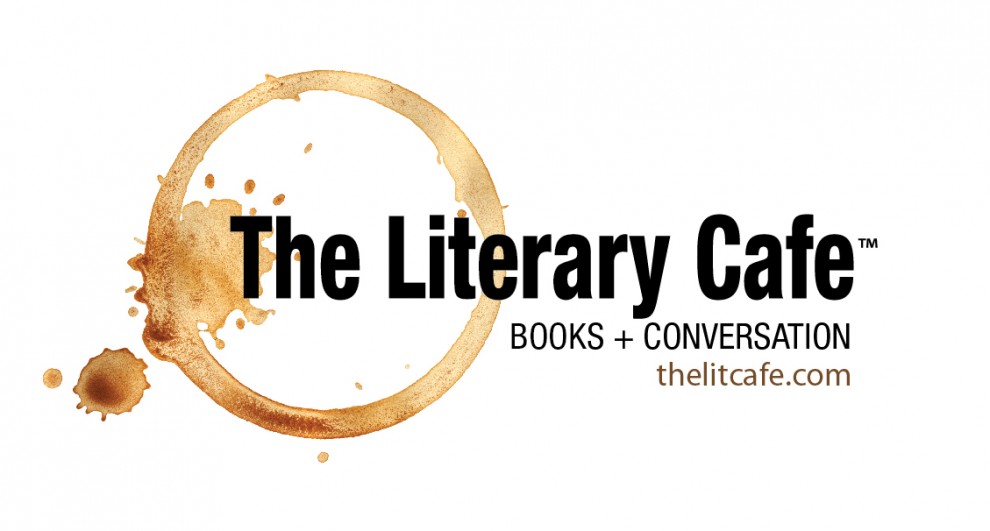From Halloween until New Year’s Day the smell of these 3 spices permeates my home evoking holiday cheer.
Cinnamon
Cinnamon is a spice obtained from the inner bark of several variety of trees native to Southeast Asia. Its origin was a mystery to Europeans until the discovery of the Spice Islands in the 16th century. Its Italian name, “canelle” means little tube. Although available year round, the fragrant, sweet, warm taste of cinnamon is perfect in the winter months.
Cinnamon is harvested by growing the tree for 2-3 years and then cutting it back to form a coppice from which a dozen or so shoots will form. The branches from these are harvested by scraping off the outer bark, then beating the branch with a hammer to loosen the inner bark which is then pried out in long rolls. Only the inner bark comprises the spice. The tough outer bark is discarded.
Cinnamon has been cultivated in this way from antiquity, in Sri Lanka (Ceylon) and the Spice Islands of Java and Sumatra as well as the West Indies, Brazil, Vietnam, Madagascar, Zanzibar and Egypt.
It was so highly prized among ancient nations that it was regarded as a fitting gift for monarchs and Gods. It was too expensive to be used on funeral pyres in Rome; however, the Emperor Nero is said to have burned a year’s worth of the city’s supply of the spice at his wife’s funeral.
Its flavor is due to an aromatic essential oil making up .5-1% of its composition. It is principally used as a condiment in both savory dishes, such as chicken, pork or lamb and in sweet dessert recipes. It is one of the few spices that can be consumed directly from the bark. In Japan it has been noted to have an antiviral effect. And its oil is reputed to be a good insect repellent and very effective in killing mosquito larvae.
Nutmeg
Nutmeg is indigenous to the small Banta Islands of Indonesia. It is actually the seed of the tree, roughly egg shaped and .8-1 inch long. “Mace” is the dried lacy reddish covering of the seed. It takes 7-9 years for a nutmeg tree to begin producing and they reach full maturity after 20 years. Nutmeg and mace have similar sensory qualities. Nutmeg is slightly sweeter and mace more delicate tasting. Nutmeg is best grated fresh with a small grater or micro plane.
Nutmeg was a very costly and sought after spice in the wars between countries during the Age of Exploration. It was first traded by the Arabs who would not divulge the location of their source. The Portuguese conquered the Spice Trade routes in the 16th century and the Dutch dominated its export in the 17th century. In 1760, the Dutch augmented the price by burning warehouses full of nutmegs in Amsterdam and they continued to hold control over its exportation until World War II. Connecticut gets its nickname as “The Nutmeg State” from the legend that some unscrupulous Connecticut traders would whittle “nutmeg” out of wood, creating a “wooden nutmeg” (a term which came to mean any sort of fraud).
The spice has been repudiated to have anti-fungal properties but it has no proven medicinal value today.
Cloves
Cloves are indigenous as well to the Maluku (or Spice Islands) of Indonesia. The tree is a large evergreen growing to the height of 24-48 feet. It produces clusters of flowers first of a pale color, then green and then bright red when ready to be harvested. The English name derives from the Latin “clavus” or nail (also the French “clou” and the Spanish “clavo”).
Cloves can be used in cooking and baking either whole or ground, however, they have a strong flavor and should be used sparingly.
They are a main ingredient in the flavor and aroma of Indian cuisine and in Indian spiced teas (or chai). The spice is also used to make a cigarette called “Kretek,” which was popular in Europe and America in the 1960’s and 1970’s and is still popular in Asia today.
The Chinese and Japanese use it mainly as incense and in perfumes. Stuck into whole oranges they make wonderful holiday pomanders to hang around the house.
The Indians and Chinese use it as a painkiller for dental emergencies. Cloves are often used whole to be chewed as a breath freshener although its strong taste takes some getting used to.
Every baker knows the use of these 3 spices in dessert and pie recipes, but try experimenting with them in unusual ways.
Cinnamon: Sprinkle a little onto hot chocolate along with freshly ground pepper. The Aztecs did this using chipotle or ancho peppers. Sprinkle it onto oatmeal with butter and a few grinds of freshly ground pepper, to wake up your morning. Use a little in a rich red wine sauce or brown gravy for chicken, pork or lamb.
Nutmeg: Always grate fresh if possible. A nut will last for years un-grated so you can always have one or two on hand. (Old Stone Market sells large nutmegs for $1.25 each and a small grater for $2.25). Grate into a quiche before baking or into any sauce made with cream or milk. You can grate some before serving onto mashed potatoes, brussels sprouts, cauliflower or string beans.
Cloves: Try putting one into a braised red cabbage as you are slow cooking it.
Your friends and family will think you very savvy and quite the gourmet if you try any of these. Bon Appetit!

